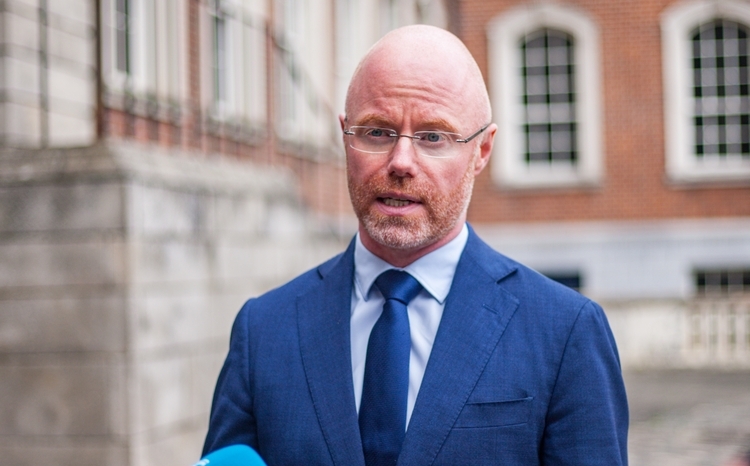1970s printers replaced with e-prescribing in Ireland
- 14 December 2016

GPs in Ireland will finally replace printers as old as the first Star Wars film, with the first rolling out a new national e-prescribing service before Christmas.
The first few GPs practices are expected to dump their 1970s-era Matrix printers on 23 December, replacing them with a parallel laser printer and electronic system.
eHealth Ireland chief executive Richard Corbridge said the system should be rolled out to all “digital practices” by the end of the year.
“GPs want to get rid of these old printers and the pharmacists are enthused about the removal of manual entry.”
The system is collaboration between GP suppliers, and the government agency eHealth Ireland. Suppliers include CompleteGP, Clanwilliam, Pharmacy System supplier McLernons, and Healthlink.
Currently patients take a print out of their prescription to their chosen pharmacist, who then enter the information into their own electronic system and files the prescription.
Under the new system, electronic information will be sent automatically from the GP’s system to the pharmacist’s system, which should have the prescription ready by the time the patient comes to pick it up.
The information will be sent securely over Healthlink, a national health IT data and messaging infrastructure akin to the NHS Spine.
In addition, a paper element will be retained, with patients given a laser printed prescription with unique barcode to be used to pick up their prescription at the pharmacy.
Corbridge said prescriptions still needed to be signed by a GP and there were no immediate plans to phase out paper completely.
“We do see there being some token that the patient can take away with them.”
The system would both speed up prescriptions, and reduce medical errors by limiting manual entry, he said. Patients would also retain the ability to choose their pharmacists.
Clanwilliam Health managing director Eileen Byrne said next year would see “accelerated level of innovation for primary care”, including the e-prescribing, the wider adoption of individual patient identifier.
eHealth Ireland will be hoping e-precription moves faster than that within the NHS, where progress has been described as glacial, despite a string of national programmes and funds to promote adoption.
Digital Health News reported in June that, based on NHS England’s Digital Maturity Index, e-prescribing was widely-used in less than a fifth of all NHS hospitals.
Corbridge said he hoped the uptake in Ireland would be far more rapid, partly because many would be moving from a far lower base.
“We have built a real readiness and enthusiasm for it.”
It has been busy year for health IT in Ireland, and the pace will likely continue in 2017.
In August, eHealth Ireland rolled out the individual patient identifier, the Irish equivalent of the NHS number.
Last month, eHealth Ireland hosted its inaugural eHealth week and earlier this month, Cork University Hospital became the first maternity hospital to deploy an electronic patient record that will eventually cover all the country’s 19 maternity hospitals.
On Saturday, University Hospital Limerick also went live with an IMS Maxims EPR in its emergency department.
Plans for next year will include the expansion of the maternity EPR, rolling out a single national laboratory information system, and development of a national patient portal.




